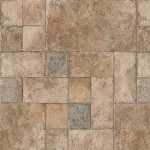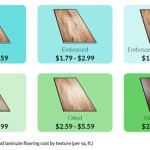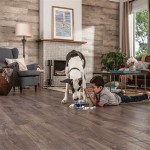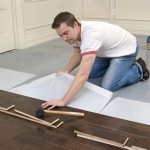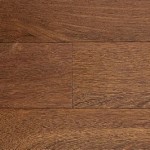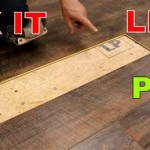Plank Wood Flooring: An Essential Guide to Its Elegance and Durability
Plank wood flooring is a timeless and versatile flooring option that can elevate the aesthetics and functionality of any space. Its natural beauty, durability, and warmth underfoot make it a beloved choice for homeowners and interior designers alike. This comprehensive guide will explore the essential aspects of plank wood flooring, helping you make informed decisions for your next flooring project.
Material Options: A World of Natural Woods
Plank wood flooring is typically crafted from a wide variety of hardwood species, each offering unique characteristics and aesthetic appeal. The most common choices include:
- Oak: Oak is renowned for its durability, versatility, and timeless beauty. It comes in a range of shades, from light beige to deep brown.
- Maple: Maple is known for its smooth, light-colored wood with a fine grain pattern. It is exceptionally hard and resistant to wear and tear.
- Walnut: Walnut is a rich, dark-colored wood that exudes elegance and sophistication. It is prized for its beautiful grain patterns and durability.
Construction Methods: Understanding the Differences
Plank wood flooring is typically constructed using one of two methods:
- Solid Wood: Solid wood planks are cut from a single piece of timber, giving them exceptional durability and authenticity. However, they are more susceptible to moisture and require professional installation.
- Engineered Wood: Engineered wood planks consist of a top layer of real wood veneer bonded to a core of plywood or high-density fiberboard (HDF). They are more dimensionally stable than solid wood and can be installed over uneven subfloors.
Finishes and Textures: Enhancing Natural Beauty
The finish and texture of plank wood flooring play a significant role in its overall appearance and feel:
- Unfinished: Unfinished wood allows you to customize the stain, color, and finish to match your specific preferences and design scheme.
- Pre-finished: Pre-finished wood comes with a factory-applied finish, making installation easier and reducing the need for post-installation finishing.
- Distressed: Distressed wood creates the appearance of aged or reclaimed wood, adding a touch of rustic charm to a space.
Installation and Maintenance: Ensuring a Long-Lasting Floor
Proper installation and maintenance are crucial for the longevity and beauty of plank wood flooring:
- Installation: Plank wood flooring requires professional installation to ensure a level, stable surface. Nail or staple the planks to a plywood subfloor or floating installation method.
- Maintenance: Regular cleaning with a vacuum or microfiber mop is essential. Avoid using harsh chemicals or detergents that can damage the finish. Periodic refinishing may be necessary to restore the floor's original beauty.
Conclusion
Plank wood flooring is a versatile, durable, and aesthetically pleasing flooring option that can transform the ambiance of any space. By understanding the material options, construction methods, finishes, and installation techniques, you can create a beautiful and long-lasting floor that will complement your style and enhance the comfort of your home.

Make Your Own Plank Flooring Using 1 X 12 Lumber Hallstrom Home

Wide Plank Hardwood Floors That Won T Break The Bank

Wood Plank Flooring Free Samples Ted Todd

Wood Plank Flooring Free Samples Ted Todd

Designing With Lighter Toned Wide Plank Wood Flooring

The Ultimate Guide To Wide Plank Flooring Mayriver

Hardwood Vs Luxury Vinyl Plank Flooring The Creative Kitchen Co

Wide Plank Hardwood Flooring New Reclaimed

4 Hardwood Plank Sizes And How To Choose The Right One

Wide Or Narrow Wood Flooring Direct
Related Posts

